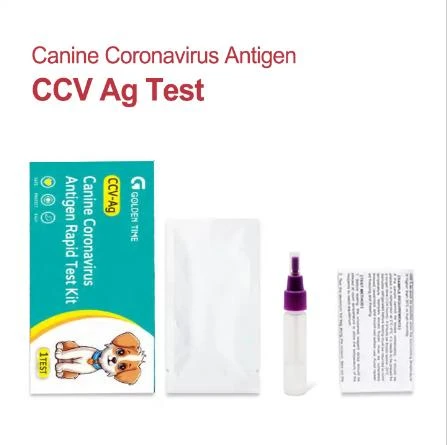Dùbh . 25, 2024 19:38 Back to list
dengue igm
Understanding Dengue IgM Significance and Implications in Dengue Diagnosis
Dengue fever, a mosquito-borne viral infection, has emerged as a major global health concern, particularly in tropical and subtropical regions. Among the myriad of immunological responses that occur during dengue infection, the detection of specific antibodies, particularly IgM (immunoglobulin M), serves as a critical component in diagnosis and understanding the disease's epidemiology.
What is Dengue IgM?
Dengue IgM refers to the antibody produced by the immune system in response to a dengue virus infection. It is the earliest immune response detectable in the bloodstream, typically appearing within 4-5 days post-infection and can remain for several weeks. The IgM antibodies signify a recent exposure to the virus, making them a vital marker in acute dengue diagnosis.
Importance of IgM Testing
The identification of dengue IgM antibodies is crucial for several reasons
1. Early Diagnosis IgM testing allows for the early diagnosis of dengue fever, which is essential for timely patient management and treatment. Early detection can significantly reduce severe complications associated with the disease.
2. Differentiation from Other Illnesses Many diseases present similar symptoms to dengue, including fever, headache, and joint pain. The presence of dengue IgM can help differentiate dengue from other febrile illnesses, facilitating appropriate clinical management.
3. Monitoring Outbreaks Serological testing for IgM antibodies can aid in epidemiological studies, helping health authorities monitor and respond to dengue outbreaks effectively. Detecting IgM in populations can indicate ongoing transmission of the virus, prompting public health interventions to control mosquito populations.
Methodology of IgM Testing
dengue igm

The commonly used methods for detecting dengue IgM antibodies include enzyme-linked immunosorbent assay (ELISA) and the rapid diagnostic tests (RDTs). ELISA is known for its sensitivity and specificity, while RDTs offer convenience and rapid results, making them useful in areas with limited access to laboratory facilities.
Limitations and Considerations
Despite its significance, the detection of dengue IgM antibodies is not without limitations. The timing of the test is paramount; testing too early may yield false-negative results, while testing too late may lead to false-positive results as IgM levels decline. Consequently, clinicians must interpret IgM results in conjunction with clinical presentation and possibly other laboratory findings, such as dengue NS1 antigen and IgG levels.
Moreover, cross-reactivity with other flavivirus infections, such as Zika and chikungunya, may complicate the interpretation of IgM results. Therefore, additional confirmatory tests may be warranted in cases of co-infection or when clinical suspicion remains high despite negative findings.
Future Perspectives
Advancements in diagnostic technologies may enhance the accuracy and speed of IgM testing for dengue. The integration of molecular techniques, such as polymerase chain reaction (PCR), alongside serological methods may provide a more comprehensive understanding of dengue infections, allowing for enhanced patient care and response strategies.
Moreover, continuous surveillance and research into the dynamics of dengue virus transmission and immune response are essential to develop effective vaccines and treatment modalities. As vaccine candidates progress through various clinical stages, understanding the role of IgM in the immune response could help optimize vaccination strategies.
Conclusion
The detection of dengue IgM antibodies plays a vital role in the timely diagnosis and management of dengue fever. While limitations exist, advancements in diagnostic methods and broader surveillance efforts will contribute significantly to tackling the global dengue burden. By improving our understanding of dengue IgM, we can enhance patient outcomes and public health responses to this pervasive disease.
-
Dengue NS1 Rapid Diagnostic Test Kit
NewsMar.07,2025
-
Dengue NS1 Rapid Diagnostic Test Kit
NewsMar.07,2025
-
Dengue NS1 Rapid Diagnostic Test Kit
NewsMar.07,2025
-
Transferrin Rapid Test Cassette Tumor Marker TF Card
NewsMar.07,2025
-
Malaria Pf Pan Rapid Diagnostic Test Kit
NewsMar.07,2025
-
malaria pf / pan ag rapid test
NewsMar.07,2025

